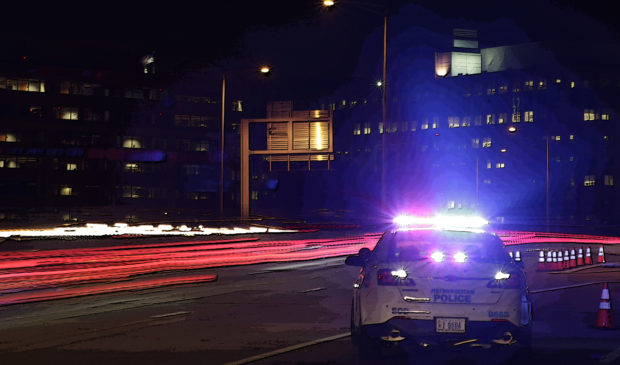Report finds racial bias in 2019 traffic stops
Tuesday, November 17, 2020 by
Ryan Thornton The Office of Police Oversight, the Equity Office and the Office of Innovation released a joint report Monday determining that racial bias continues to influence outcomes in police traffic stops. The report, which analyzed local traffic stop data from 2019, found that bias has in some ways worsened since the previous joint report covering 2015-2018 was released in January.
The report shows that Black and Hispanic drivers were overrepresented in motor vehicle stops in 2019, while white and Asian drivers were underrepresented. The problem has grown worse since 2015, when Black drivers were overrepresented by 5 percent and white drivers underrepresented by 3 percent compared to the adult population. In 2019, Black drivers experienced 14 percent of all traffic stops and 18 percent of all stops where race was known beforehand, while accounting for 8 percent of the population. White drivers were underrepresented by 6 percent.
Once pulled over, Black drivers were three times more likely to be searched and arrested than the white driving population in 2019. Overall, police officers conducted searches in a quarter of all traffic stops involving a Black driver, and a quarter of those stops also resulted in an arrest.
Black drivers were also the only demographic more likely to experience a “high-discretion” search than a “low-discretion” search. In 2019, nearly 60 percent of searches involving Black drivers were high-discretion, instances where officers decide to conduct a search without one being required. In 2019, Black drivers were almost 8 percent more likely to experience a high-discretion search than in 2018, when the share of high- and low-discretion searches were about equal.
“This is a thing that I believe every single police department struggles with,” Farah Muscadin, director of the Office of Police Oversight, told Council’s Public Safety Committee on Monday. “It’s also just kind of about the systemic issues in law enforcement, but … I just feel so strongly that we can address it in Austin.”
Despite the alarming overall trend, Austin Police Chief Brian Manley noted some recent small improvements and said the department is making progress in the effort to eliminate racial bias in policing. While trends have not improved over the long term, Manley mentioned that 2019 did see a 1 percent drop in the overrepresentation of Black drivers compared to 2018.
“I will agree that there is work that needs to be done and that work is underway and we are actively engaging to the extent we’re either allowed or invited,” Manley said. “And I’m actually pleased to see that, although it is a slight improvement, that there was an improvement made last year compared to 2018 in some of these areas of disproportionality. So I do think that we’re headed in the right direction.”
While Black drivers were the most overrepresented in vehicle stops in 2019, Hispanic drivers were the most represented in citations issued. Hispanic drivers were overrepresented in total traffic stops by 2 percent compared to the adult population. Asians were underrepresented by 3 percent.
Brion Oaks, chief equity officer, said the first step to addressing these ongoing disparities is to acknowledge that they exist. Over the course of several community conversations about public safety, Oaks said there has been a trend of “defensiveness with our police department in terms of really receiving the racial profiling data.”
In June, Council adopted a goal of eliminating all racial disparity in policing, including all disparities in motor vehicle stops and related citations and arrests by 2023. Right now, Manley said the department lacks the specific benchmarks and tools necessary to track and correct any disproportionalities that are resulting from racial bias influencing officer discretion.
Going forward, Muscadin said the city plans to dig deeper into the data to understand more about the use of high-discretion searches, the reasons cited for arrest following a traffic stop, and how the racial disparities break down by neighborhood.
Photo made available through a Creative Commons license.
The Austin Monitor’s work is made possible by donations from the community. Though our reporting covers donors from time to time, we are careful to keep business and editorial efforts separate while maintaining transparency. A complete list of donors is available here, and our code of ethics is explained here.
You're a community leader
And we’re honored you look to us for serious, in-depth news. You know a strong community needs local and dedicated watchdog reporting. We’re here for you and that won’t change. Now will you take the powerful next step and support our nonprofit news organization?









